Diane Arbus saw mid-20th century New York as if she was in a waking dream. Or at least that is the impression you get from the exhibition of her early photographs at the Hayward Gallery.
She was attracted to people on the margins of society — or, as she roundly called them, ‘freaks’: fairground performers, assorted human oddities and individuals with non-standard bodies such as ‘Miss Makrina, a Russian Midget, in her Kitchen NYC’ (1959). Arbus famously observed of such individuals: ‘They’ve already passed their test in life. They’re aristocrats.’
However, Arbus could make just about anybody — or thing — appear unaccountably strange. An old couple on a park bench, for example, or the youthful Miss Marian Seymour apparently fast asleep while waltzing at the Grand Opera Ball, 1959. That’s what made her, for want of a better word, an artist.
Arbus (1923–71) was a late starter — she spent her twenties and early thirties collaborating on fashion photography with her husband — and she died young, committing suicide at 48 just as her work was becoming an art-world sensation.
The Hayward exhibition is mainly devoted to the late 1950s and early 1960s, years during which she found her true path, though the final room contains a selection from the portfolio ‘A box of ten photographs’ of 1970 and 1971.
From the moment it was unveiled to the world in 1839, photography was often presented as offering us objective truth. Arbus does the opposite. In her hands, the camera was a way of revealing how she experienced life around her: weird, haunted and banal all at the same time.
In contrast Don McCullin, whose work is presented in a big career retrospective at Tate Britain, has spent much of his life in pursuit of a certain kind of truth. Now 83, he is one of the best, and best-known, of war photographers. Many of the pictures in this show were first seen in the pages of newspapers, including the Sunday Times — distinguished examples of photojournalism.
Like Arbus’s work, McCullin’s shots of death, horror, grief, misery and deprivation raise the hoary question: ‘But is it art?’ McCullin’s pictures were sometimes taken under the most extreme of circumstances — one image shows a man dying from the effects of a mortar explosion that also hit the photographer himself. Unexpectedly, though, his work is rather more visibly related to the history of art than Arbus’s.
Right from the beginning, McCullin obviously had a remarkable talent for intuitive composition, picture-making on the hoof, you might call it. His first published shot — of a violent gang from Finsbury Park standing in a bomb-damaged building in 1958 — suggests confederates of the Kray brothers posed inside a Mondrian.
Assigned to cover the conflict in Cyprus, he found himself reminded of Goya’s ‘Disasters of War’ — the most scarifying of all depictions of death, suffering and brutality. Subsequently horror and pity became McCullin’s constant subjects. Cyprus was followed by Vietnam, Cambodia, Biafra, Northern Ireland, Beirut and Iraq.
He therefore led a highly unusual life. Few professional soldiers would have seen as many terrible sights as McCullin has seen — and shows us. Even Goya only witnessed one war. And when not actually in a conflict zone, McCullin sought out harrowing sights such as homeless men in Spitalfields in 1970: grime-encrusted, ragged, crazed.
After a few rooms the effect gets overwhelming. In the end, all the darkness got too much for McCullin himself; in recent years he has ‘sentenced’ himself to peace. Nonetheless his late-career landscapes of the Somerset levels are apocalyptically sombre, the clouds inky and threatening.
Presenting the world, literally, in black and white is one thing that Arbus and McCullin have in common. But McCullin accentuates the darkness of his shadows through techniques of developing and printing. There, and in other ways, he seems much more consciously artistic than Arbus. Her early work often has a casual, snapshot look, accepting blur and camera shake and making them expressive.
This difference has consequences for the two exhibitions. The McCullin show has the fault — a common one — of being too big. But his large handsome prints hold the wall. Arbus’s smaller, fainter images are much easier to appreciate in the accompanying book. Photography may be an art, but it doesn’t always look at its best in a gallery.
Got something to add? Join the discussion and comment below.
Get 10 issues for just $10
Subscribe to The Spectator Australia today for the next 10 magazine issues, plus full online access, for just $10.
You might disagree with half of it, but you’ll enjoy reading all of it. Try your first month for free, then just $2 a week for the remainder of your first year.

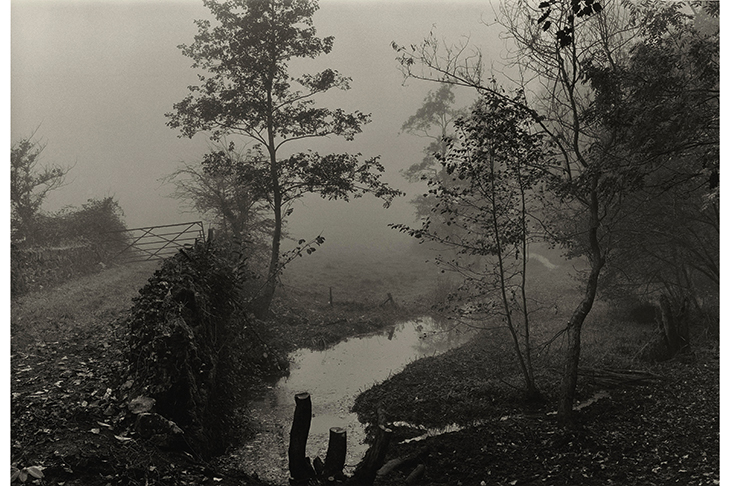


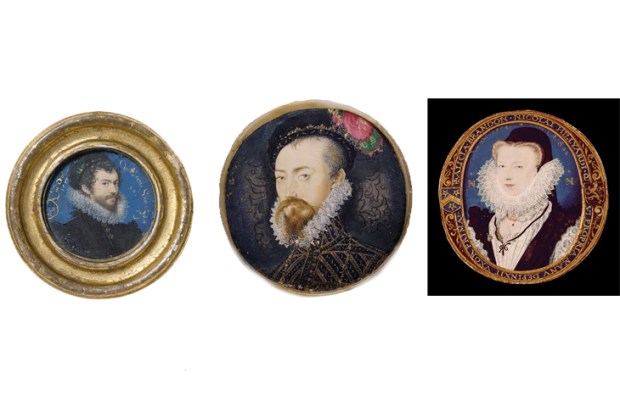
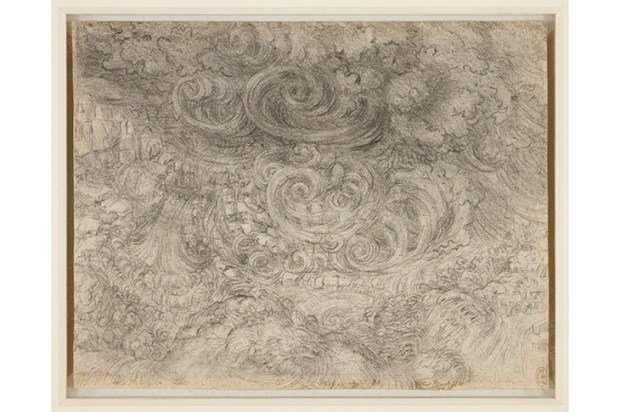
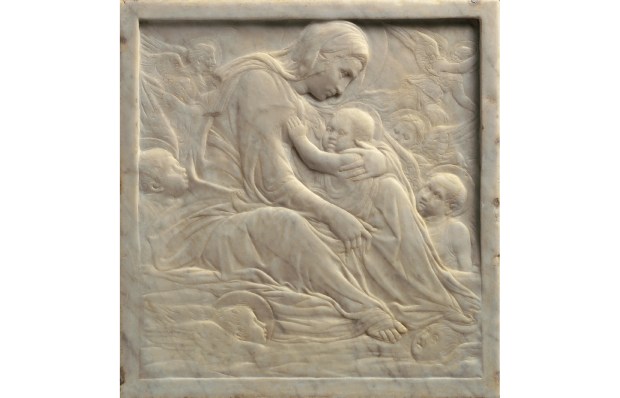
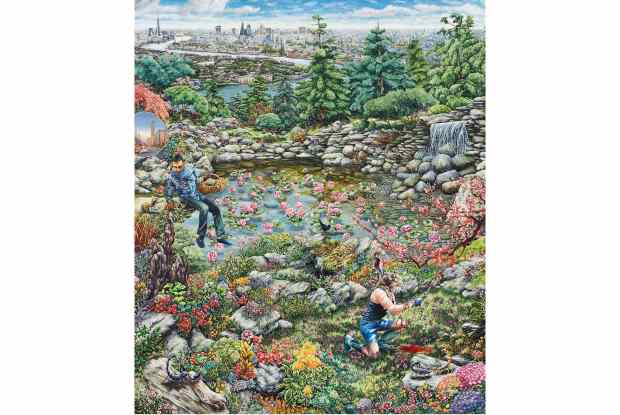






Comments
Don't miss out
Join the conversation with other Spectator Australia readers. Subscribe to leave a comment.
SUBSCRIBEAlready a subscriber? Log in